Difference Between Popup, Popunder & Interstitial Ads
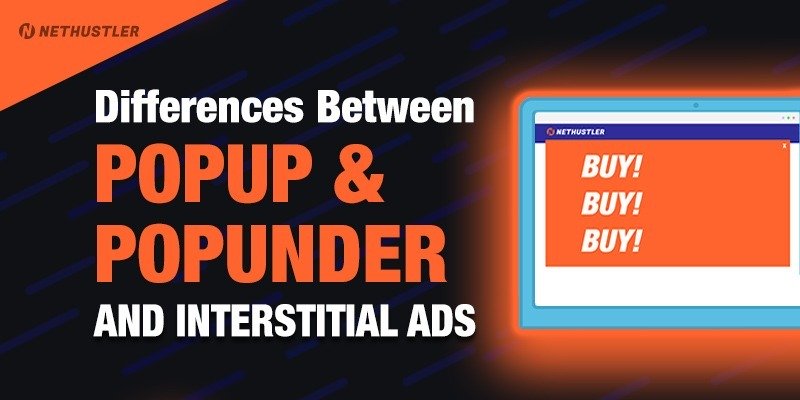
First of all, before we get into the differences between popup and popunder ads, I just want to let you know that I wasted at least 1 hour before writing this article thinking of the correct usage of the words: popup, popunder vs pop-up, pop-under…
I have no clue which one is the correct choice, so I think I’m going to use all the damn versions… oh I forgot there’s also the space in-between like: pop-up and pop-under…
There are already enough confusing performance marketing terms such as CPA vs CPS, and CPM, CPC, CPL, CPI, CPV…. the list goes on and on.
How come nobody regulated this shit and said look, we call it pop-ups and pop-unders. That’s it.
Anyway… sorry for the little rant lol, but you tell me the correct version in the comments down below, and I’ll calm down, deal?
Now that we got that out of the way, let’s continue with our article shall we?
Right…
What is Pop Traffic?
Pop traffic is used by marketers (advertisers and publishers) to describe website visits that are the result of a pop ad being triggered by users on sites and apps.
There are 3 types of pop ads: pop-ups, pop-unders, and interstitial.
In this post I’m going to go over each one of these and explain to you the differences between them.
So let’s begin with the granddaddy:
What is a popup?
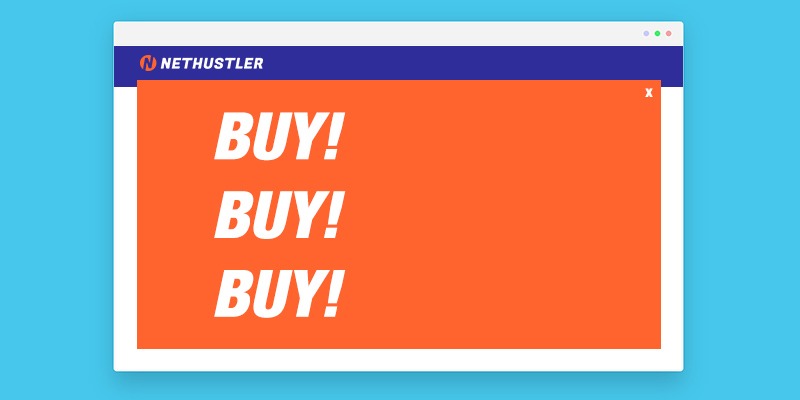
A popup or pop-up is an ad that is triggered by a user when they interact with a website or app. The pop-up ad opens in a new browser window and is being displayed on top of the content that the visitor is viewing.
Because of this, many people have developed a distaste of popups and are immediately closing the new browser window that is being opened automatically without even reading a single line of text.
Needless to say, pop up ads are intrusive and disruptive so a lot of users have installed ad blockers in recent years.
If you’ve been on the internet for a while, particularly if you visited some naughty sites in the past… you know exactly what I’m talking about.
Still, pop-up ads can be used effectively sometimes if you have a killer offer and ad text or image that can grab people’s attention right away.
Usually, affiliates doing CPA marketing will more than likely see good results promoting sweepstake offers with popup ads.
Moving on…
What is a popunder?
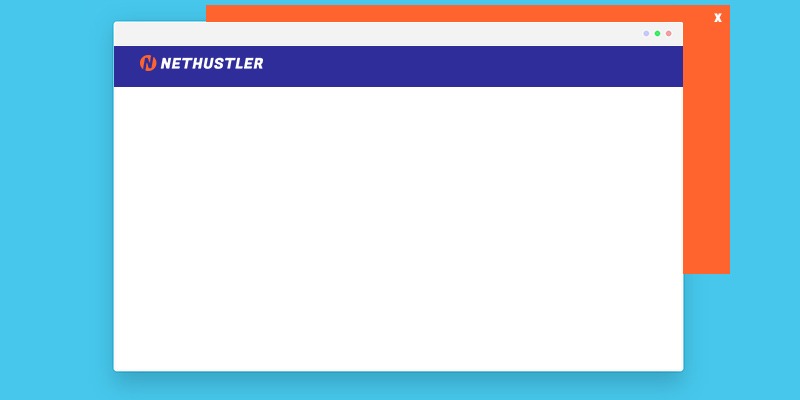
A popunder (or pop-under) is a type of pop advertisement that opens up in a new browser window but under the actual content or the website, a visitor is browsing.
This makes popunder ads less intrusive and disruptive than pop-ups and many advertisers are favoring them in recent years over the other type of pop traffic.
Since popunders display underneath the actual website that someone is looking at, the user will see the ad only after they have closed the page that they were interested in, or when they are closing their browser and closing all the tabs.
Many people will actually give pop-under ads at least a few seconds of reading time, (unlike pop-ups where they instantly close them) because they have no idea how or when the popunder or the new tab in their browser appeared from.
Because of this, advertisers will usually see much better results in choosing to promote via popunder ads vs pop-up ads, on pop ad networks.
What’s the difference between a popup and a popunder?
The difference between a popup ad and a popunder ad is that the popup will be displayed in a new window on top of the content that a user is viewing, while a popunder ad will open underneath the content in a separate browser tab.
This makes popunders less intrusive and more likely to be read and interacted with by the users and because of that advertisers started to use the pop-under ad format more in the pop ad networks.
What is an interstitial advert?
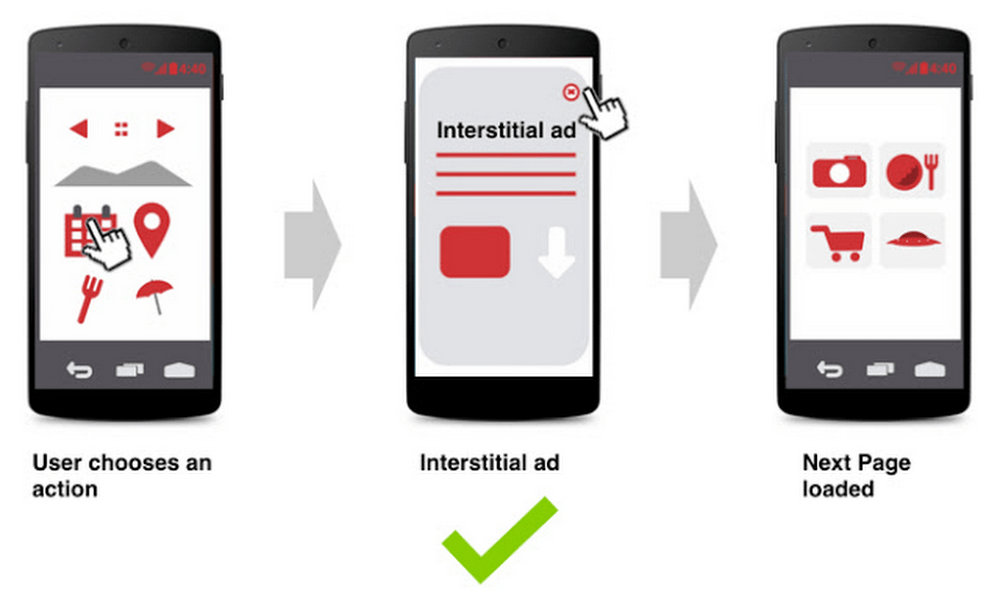
An interstitial advert is similar to a pop-up ad, but instead of opening in a new browser window, it covers all (or partially) the content and it’s basically a full-screen banner, from the top to the bottom of the page.
While not really as annoying as original popup ads, interstitials are a mix between traditional banner ads and pop ads, since they don’t open in a new browser window altogether, users will generally engage more with them
The CTR on interstitial ads is some of the highest that you can get on any type of banner ad. It’s not unusual to get an ad CTR as high as 5% or maybe even more, which in the digital advertising space is unheard of (usually average banners and display ads have a CTR of 1% or under).
Even Google AdSense has implemented interstitial ads for their publishers, but they are more commonly known as vignette ads.
The benefits of popup and popunder ads
There are a lot of benefits of pop-up and popunder ads, namely: they are cheap as heck.
But they also have higher CTRs than traditional display ads like banners and native ads, since many internet users have developed: banner blindness.
Because they are a bit more intrusive and disruptive, if you can come up with a great ad, you will more than likely have more success running pop ad traffic than regular ads.
There are tons of big companies that have used pop-up advertising to send traffic to their businesses, such as Orbitz, so yeah, pop advertising can be effective.
Other companies such as Uber also make use of pop ads, but they use the “softer” model, which is the interstitial advert, especially on mobile.
Also, have you noticed an increase in on-site popups?
You know, the annoying cookie consent ones, or the ones asking you to sign up to their email list?
Well, that happens because webmasters have realized that popups are fucking effective, despite our hate for them, because they are disruptive, they simply work.
Otherwise, you wouldn’t see millions of websites using them.
Including big ones, like Amazon, Facebook, etc.
They all use some sort of on-site pop-up to let you know about some new rules or to see hot deals, etc. They know very well that they are annoying, but since they are effective, hey… they’re going to use them.
This makes me wonder why I don’t have popups on this blog as well…hmm 🤔
The drawbacks of pop ads
Obviously, there are a ton of cons and drawbacks to pop ads.
They are intrusive, most of the times ugly and weirdly designed, sometimes they are actual scams or have viruses and malware in them.
All of those combined, and it makes sense why some internet users have opted to install ad blocks.
Browsers such as Chrome have even implemented ways into their core software to stop and block popup ads from being shown to users. Sometimes they work, sometimes a pop ad slips through…
Nevertheless, for advertisers, there are many benefits to use pop advertising if you’re doing it the right way and don’t promote scams, malware, and shady shit.
Pop Ads Networks
There are many pop ads networks from where you can purchase pop traffic that includes pop-up, popunder, and interstitial ads.
My favorite is PopAds.net (aptly named), and yeah that’s an affiliate link, but they have an amazing inventory of traffic with cheap prices that actually converts.
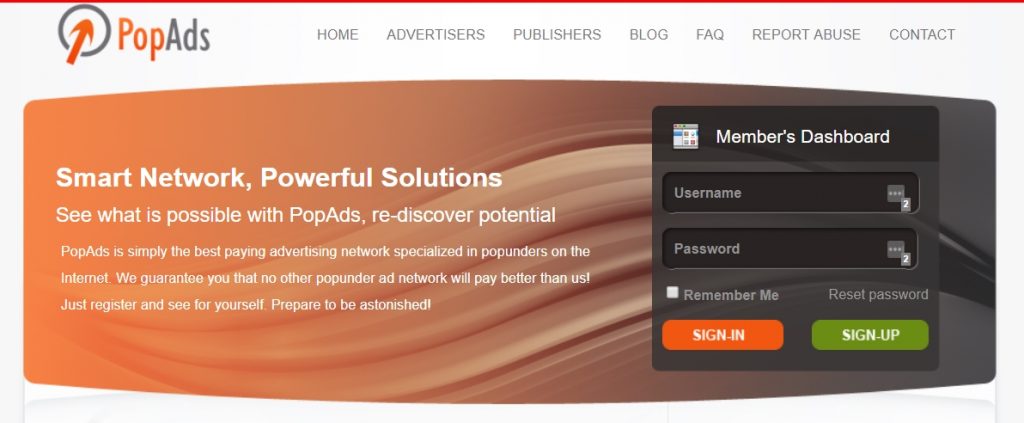
Sure they have bot traffic on it too, but show me a pop ad network that doesn’t have any fake and bot traffic, and I will gladly try it out and let you know.
There are more pop ad networks besides PopAds.net, such as:
- HillTopAds
- PropellerAds
- AdCash
- Evadav
- Adsterra
These popup and popunder ad networks are good for advertisers as well as publishers, especially if you are looking for alternatives to Google AdSense.
But like I’ve said, you will find bot or fake traffic on pretty much any ad network out there, including PopAds, so you’ve been warned 😉 Track your sh!t.
How do Pop Ad Networks Work?
On pretty much any type of pop ad platform that you’re going to join, you will encounter some of these terms: CPV, CPM, Frequency cap, ad-block traffic, sources or targets, when creating a pop ad campaign.
I’m going to give you a short explanation for some of these here so that you can be better prepared when you decide to try out your first pop ad campaigns.
Bidding: CPM / CPV
The pricing model for pop ads is based on CPM or CPV depends on the network that you’ve joined. On PopAds.net it’s CPV for example.
CPM stands for cost per mille and it means how much you’re paying for 1,000 impressions.
CPV stands for cost per view, with this pricing model you’re paying for every view.
So if you’re bidding $1 with a CPM model, you’re going to pay $1 for every 1,000 impressions that your popup or popunder ad is going to receive.
If you’re bidding $0.0001 for CPV, you’re basically paying 1 cent for EVERY view.
Don’t do the mistake that I once did and bid $2 for CPV, because oh boy, you’re going to be in a lot of trouble… I lost $300 or so in a few minutes, thinking I was bidding on a CPM rate yet I was bidding CPV lol.
Learn more of these confusing terms here: Difference between CPC, CPM, CPV, eCPV, CPI
Frequency Cap
The frequency cap is a pretty important aspect of pop advertising, and it simply means how many times a unique user is going to see your ad in 24 hours.
So if you set up your frequency cap as 1 view in 24 hours, it means that a unique visitor will only see your popups and popunder ads one time a day.
If you want more traffic you could set your frequency cap to 3 in 24 for example, this means that one user will see your pop ads 3 times a day.
You can play with this as you want, some advertisers usually choose a lower number. But then again it also depends on what kind of product, service or offer you are promoting.
Ad-block traffic
Some pop ad networks can also show and display popups even when a user has adblock software installed on their browser or device.
It’s up to you to decide if you want to include and target that traffic also into your campaign or not.
Some advertisers think that since the users have an ad-blocker installed on their desktop or mobile device to block popup and popunder ads, they won’t be interested in anything that you’re advertising anyway, because you used a pop.
Others though think more in terms of Screw it, I want all the traffic. Give me the adblocking users as well. I don’t care, I can convert anyone.
This one is up to you, and of course if your pop ad network has this feature.
Sources, targets and publishers
They all mean the same thing, basically, these are the sites or apps where your pop ads will be displayed on.
Some of them are legit, others are scammers that implement bot traffic trying to game the system and earn money from the pop ad networks without sending real traffic to advertisers.
No ad network in the world is safe from this kind of dirty webmasters, so I strongly advise you to use a tracker such as RedTrack (affiliate link).
Your job is to optimize your pop ad campaigns as much as possible, by filtering and removing the bot traffic or sources that simply don’t convert, and only advertising on targets, sources or websites that bring you good results and conversions.
Because even if a miracle happens (I highly doubt it) and you find a pop-under ad network that has no bot traffic, you will still have to figure out which sources or publishers are wasting your money sending you users that are not interested in what you’re promoting or selling.
That’s why tracking is very important in any type of digital marketing, whether you’re doing affiliate marketing, SEO, buying cheap traffic, or doing pop advertising. Data is the name of the game, remember that.
Are pop-under ads effective?
Yes, pop-under ads are more effective than pop-up ads, and I personally have seen some great results using popunders.
I’m going to have to write a case study on popunder advertising soon. But in general, here are some things to keep in mind:
- Don’t try and promote scams and malware
- Stay away from software installs offers (if you’re doing CPA marketing)
- Try to go for CPA offers instead of CPS (see the difference: CPA vs CPS)
- Use a tracker to filter out bot traffic, a great one is RedTrack.
- Create a good-looking landing page and advertorial that loads fast.
Pop-ups vs Popunders vs Interstitials: Conclusion
I would say that pop ads is still a great way of getting cheap traffic in 2022, and you can still get conversions out of it.
You have to remember again to track the shit properly, otherwise you’re going to lose money.
Oh and check out the actual rates and bids for the GEOs (countries or locations) that you’re going to advertise in the ad network of your choosing, you don’t want to bid more on tier 2 and 3 traffic than in tier 1 countries.
What to choose between popups, popunders, and interstitial ads?
It depends more on the offer or product you’re promoting, pop-ads can be a bit more difficult to get a good CTR out of, so try out popunder ads and interstitial ones first.
Alright gang, until next time, stay hustlin’
Stephen
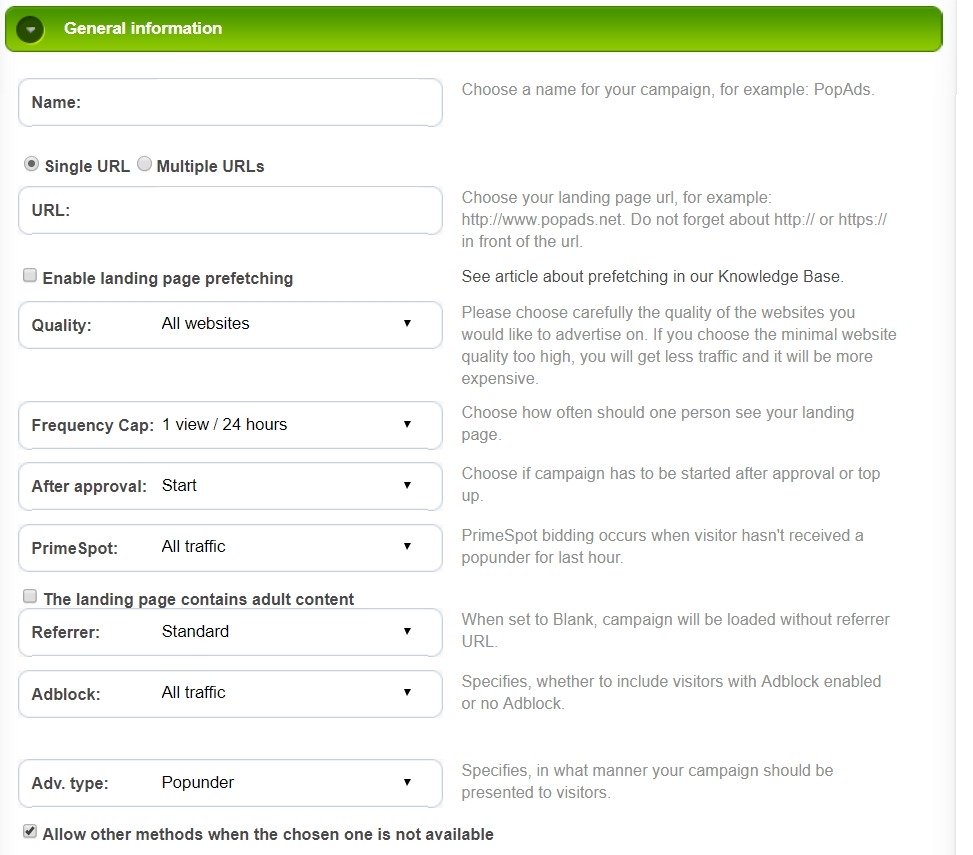
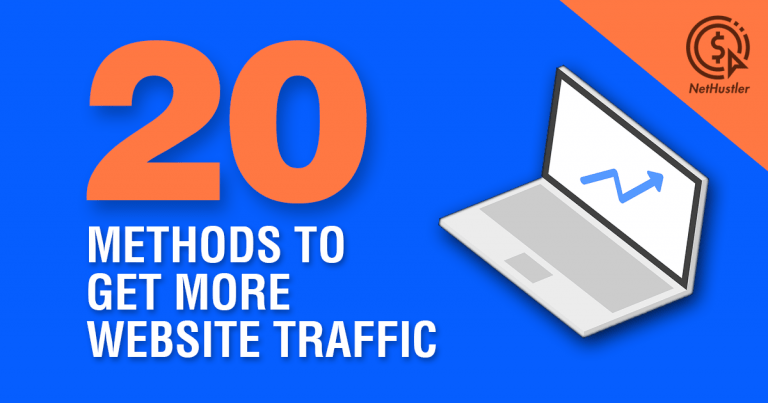
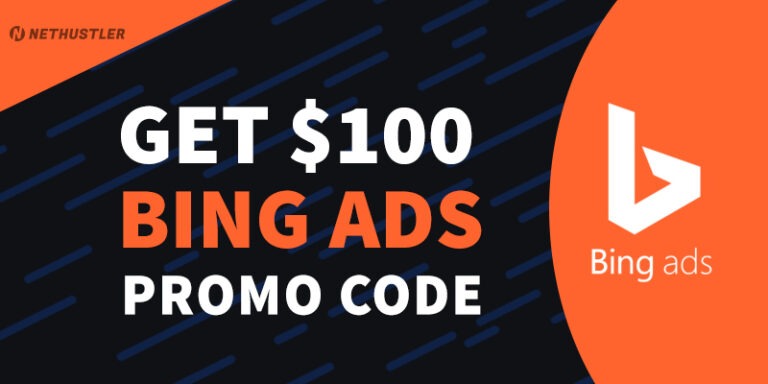
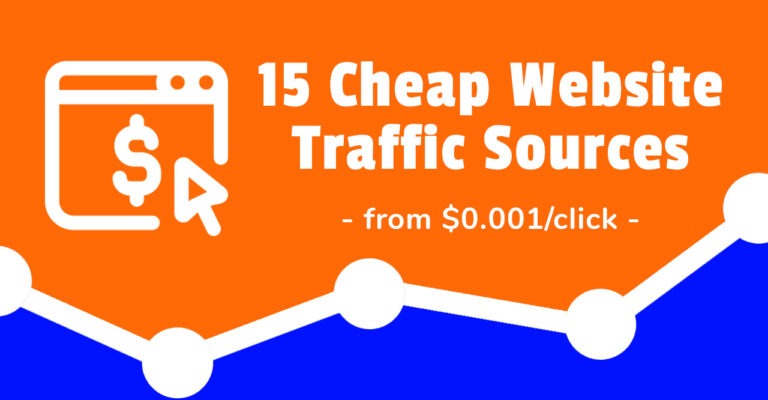
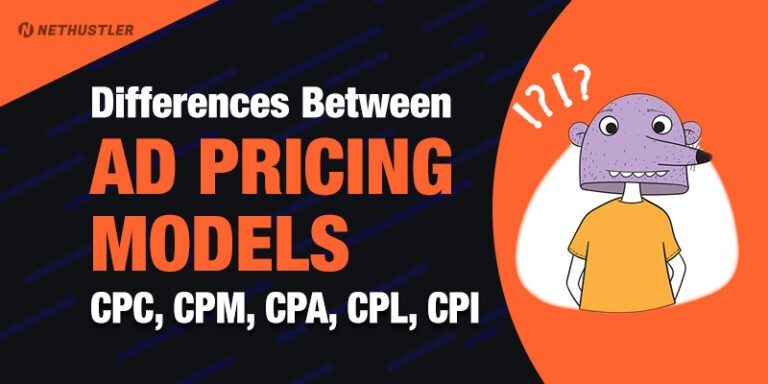
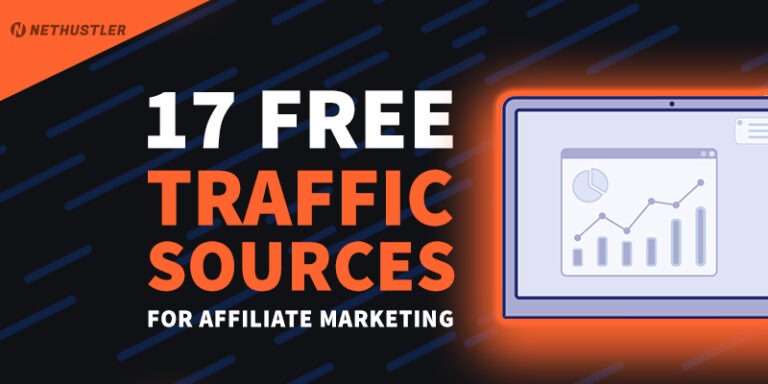
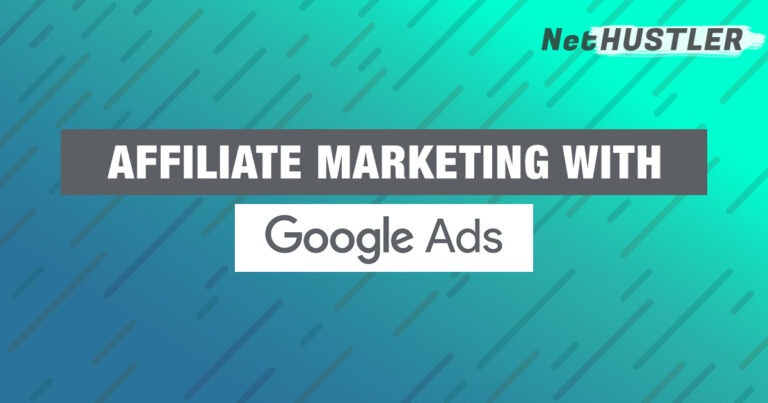
very nice and informative article keep up the good work
Thanks for reading 🙂